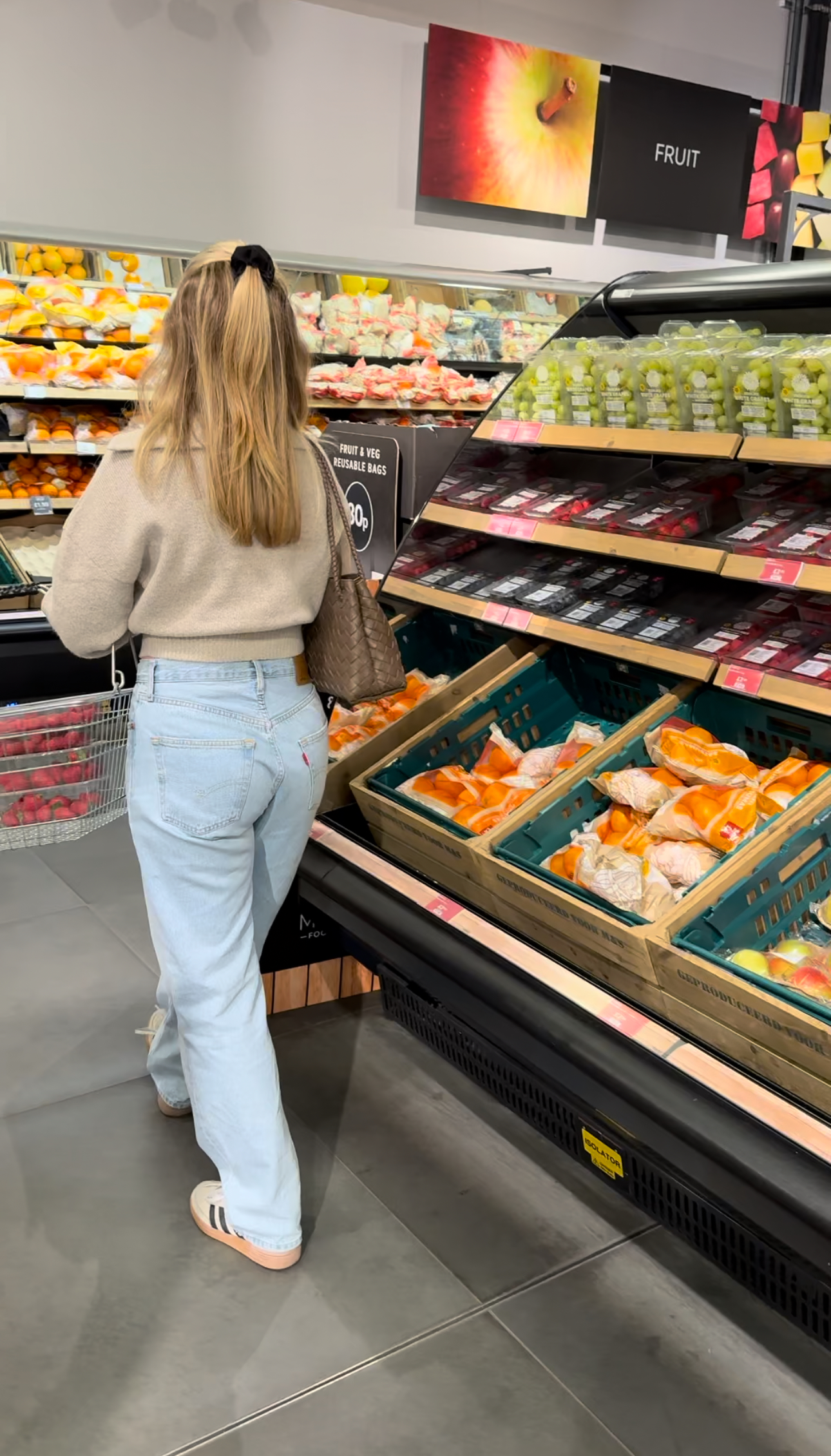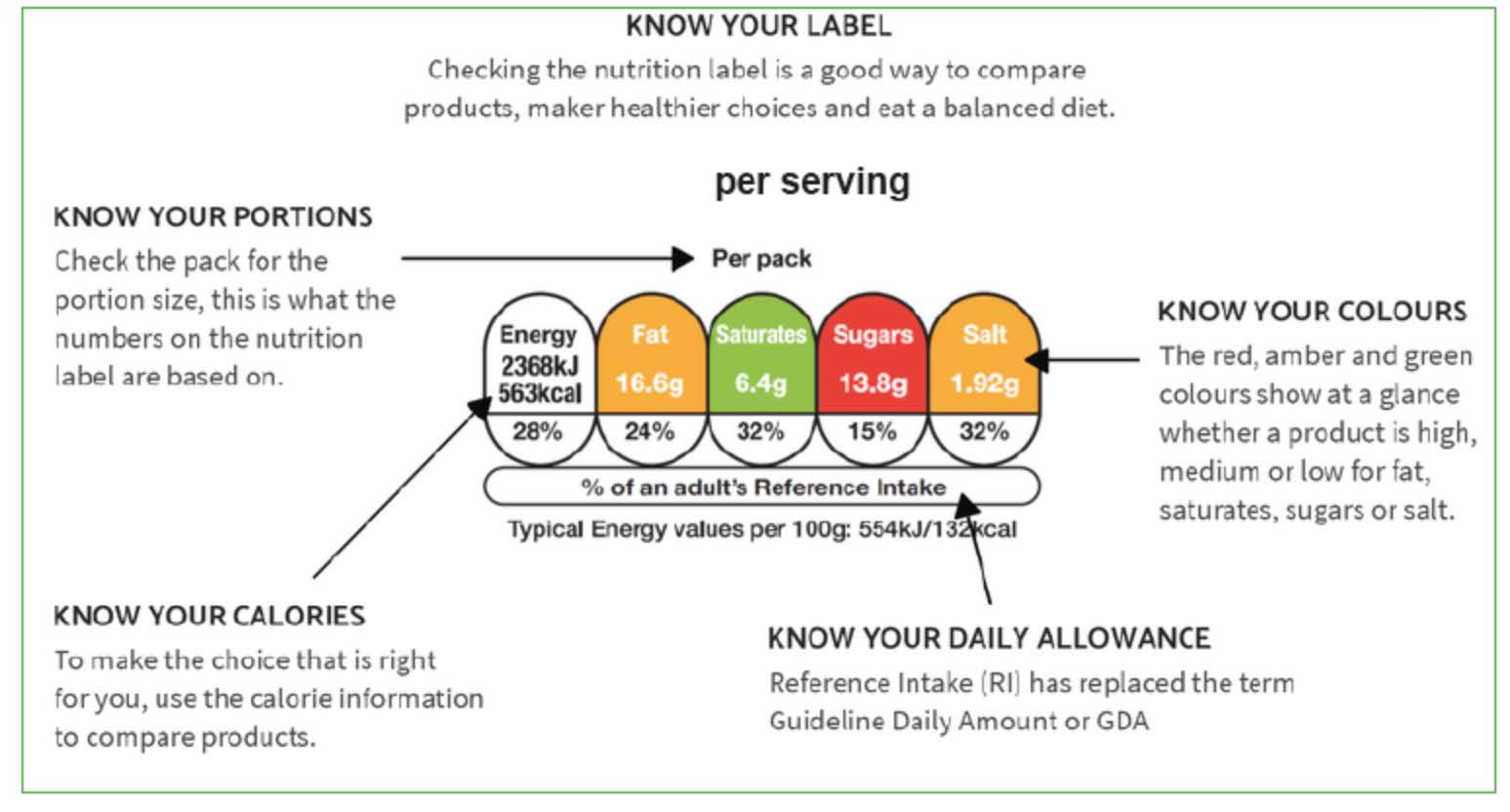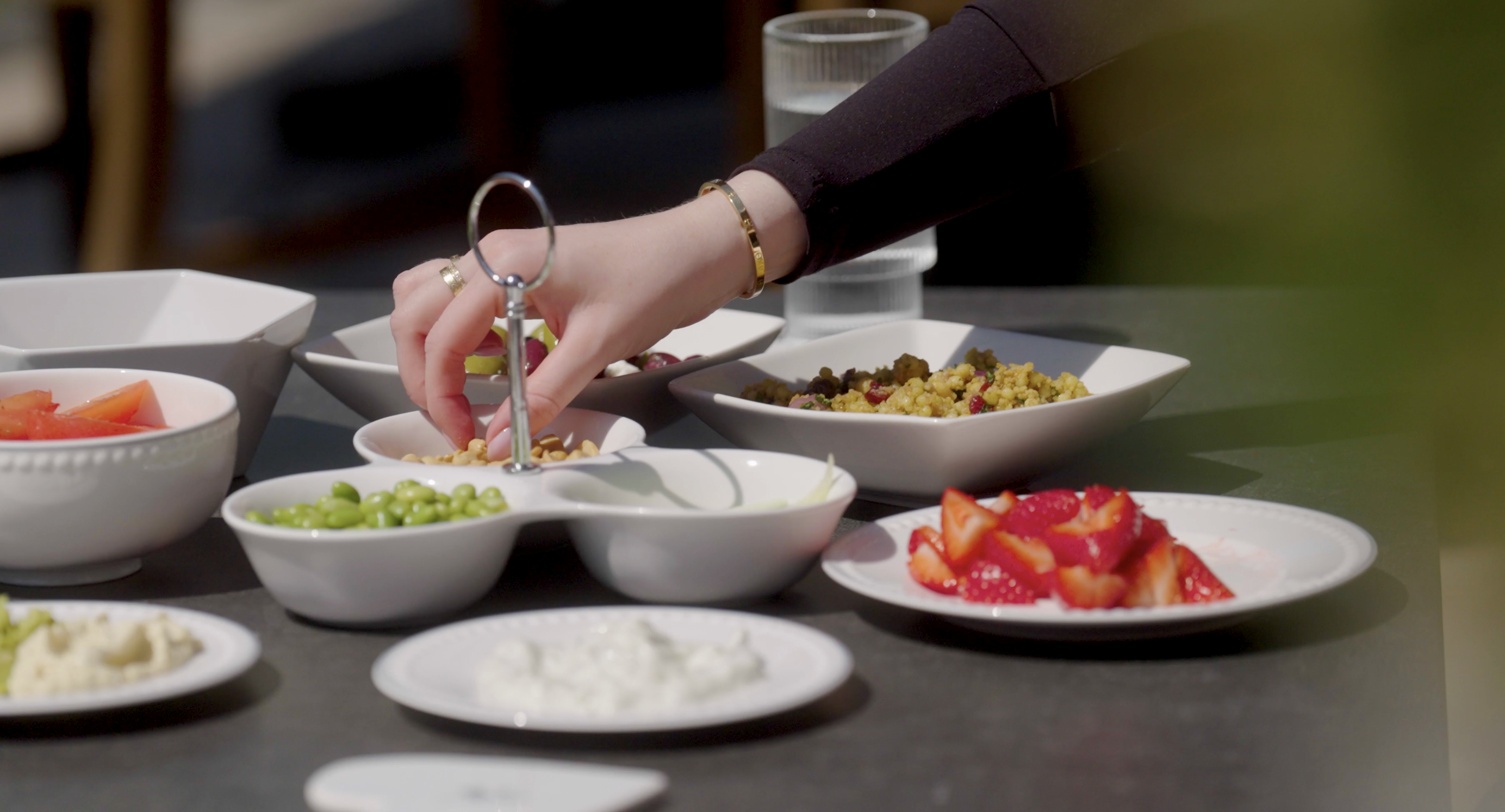
Food on the go
Making Smart Food Choices on the Go: A Guide to Healthy Eating
In our fast-paced world, finding time to sit down for a nutritious meal can be a challenge. Whether you’re dashing between appointments, traveling, or simply caught up in the hustle and bustle of daily life, grabbing food on the go is often a necessity.
However, convenience doesn’t have to mean sacrificing nutrition. By being mindful and making informed choices, you can still enjoy healthy meals and snacks while on the move.
Check the Ingredients List
When selecting on-the-go foods, one of the most important steps is to examine the ingredients list.
This is where you can uncover the true nature of what you’re consuming. Look for foods with simple, recognisable ingredients. The fewer ingredients listed, the better. Choose whole foods whenever possible, such as fruits, vegetables, nuts, seeds, and lean proteins.
Be cautious of hidden sugars, artificial additives, and preservatives. Ingredients like high-fructose corn syrup, artificial sweeteners, trans fats, and monosodium glutamate (MSG) can hide in seemingly innocent snacks and meals. These additives offer little to no nutritional value and may have adverse effects on your health when consumed regularly.
Understanding Processed Foods
Processed foods undergo various methods of preparation, often involving refining, preservation, or adding artificial ingredients. While not all processed foods are inherently unhealthy, many can be high in sodium, sugar, and unhealthy fats. When choosing on-the-go options, aim to minimise your intake of heavily processed foods.
Watch out for terms like ‘hydrogenated’, ‘partially hydrogenated’, and ‘enriched’ on ingredient lists, as these indicate processing methods that may diminish the nutritional quality of the food.
Instead, prioritise whole, minimally processed alternatives whenever possible.
Embrace Organic Choices
Incorporating organic foods into your on-the-go diet can offer additional health benefits. Organic produce is grown without synthetic pesticides, herbicides, or genetically modified organisms (GMOs), making it a cleaner option for both your body and the environment. While organic options may come with a slightly higher price tag, the long-term benefits to your health and the planet are worth the investment.
A list of conventionally grown produce that tends to have higher pesticide residues. These include strawberries, spinach, kale, nectarines, apples, grapes, peaches, cherries, pears, tomatoes, celery, and potatoes. By prioritising organic versions of these foods, you can minimise your exposure to harmful chemicals.
Dietitian’s tips on ready food labels:
1. Serving Size: Check the serving size and the number of servings per container, as all nutritional information relates to this amount.
2. Calories: Note the calories per serving to manage total caloric intake effectively.
3. Macronutrients: Observe the levels of fats (especially saturated and trans fats), carbohydrates (focus on fibre and added sugars), and protein.
4. Sodium: Limit sodium intake; check its amount per serving, especially if managing blood pressure or heart health.
5. Sugars: Watch for added sugars listed under carbohydrates to avoid excessive intake.
6. Ingredients List: Ingredients are listed by weight, with the main components appearing first. Avoid products with undesirable additives early in the list.

Source: British Dietetic Association
Here are some healthy on-the-go snack and meal options to consider:
Snack Options:
1. Fresh Fruit: Apples, bananas, oranges, berries, and grapes are portable and require minimal preparation. Pack them whole or pre-sliced in a container for easy snacking.
2. Vegetable Sticks: Carrot, celery, cucumber, and bell pepper sticks are crunchy, refreshing, and packed with nutrients. Pair them with hummus or guacamole for added flavour.
3. Nuts and Seeds: Almonds, walnuts, cashews, and pumpkin seeds are nutrient-dense snacks rich in healthy fats, protein, and fibre. Opt for unsalted varieties to minimise sodium intake.
4. Greek Yogurt: Opt for plain Greek yogurt and add your own toppings like fresh fruit, nuts, or a drizzle of honey for sweetness.
5. Hard-Boiled Eggs: Hard-boiled eggs are a convenient source of protein and can be prepared in advance for easy snacking.
6. Whole Grain Crackers: Choose whole grain or seed crackers and pair them with cheese slices, avocado, or nut butter for a satisfying snack.
7. Trail Mix: Make your own trail mix with a combination of nuts, seeds, dried fruits, and a sprinkle of dark chocolate chips for a balanced snack on the go.
Meal Options:
1. Salad in a Jar: Layer your favourite salad ingredients in a mason jar for a portable and customisable meal. Start with dressing at the bottom, followed by hearty ingredients like grains or proteins, then add vegetables, and top with leafy greens.
2. Wrap or Sandwich: Opt for whole grain / seeded wraps or bread and fill them with lean protein (such as grilled chicken, turkey, or tofu), vegetables, and a spread like hummus or avocado for a satisfying meal on the go.
3. Quinoa Salad: Quinoa is a versatile whole grain that can be made into a salad with vegetables, beans, herbs, and a light vinaigrette dressing. Pack it in a container for a nutritious and filling meal option.
4. Vegetable Sushi Rolls: Sushi rolls made with vegetables and brown rice are a nutritious and portable meal option. Look for options with avocado, cucumber, carrot, and other colourful vegetables. Create a high protein dip using yoghurt or nut butters.
5. Mason Jar Soup: Prepare a batch of your favourite soup and portion it into mason jars for a convenient meal on the go. Heat it up and enjoy it straight from the jar whenever you begin to feel hungry.
6. Stir-Fry: Make a quick stir-fry with lean protein (such as tofu, chicken, or shrimp), vegetables, and a flavourful sauce. Pack it in a container with brown rice or quinoa for a balanced and filling meal.
7. Vegetable and Protein Bento Box: Create a bento box with compartments filled with a variety of vegetables, protein (such as grilled chicken or hard-boiled eggs), whole grain crackers or bread, and a small portion of nuts or seeds for a well-rounded meal.
These snack and meal options provide a balance of nutrients to keep you energised and satisfied while on the go.
Experiment with different combinations to find what works best for your taste preferences and dietary needs!





